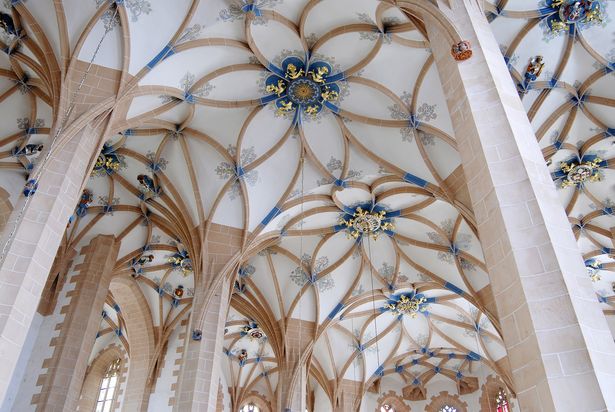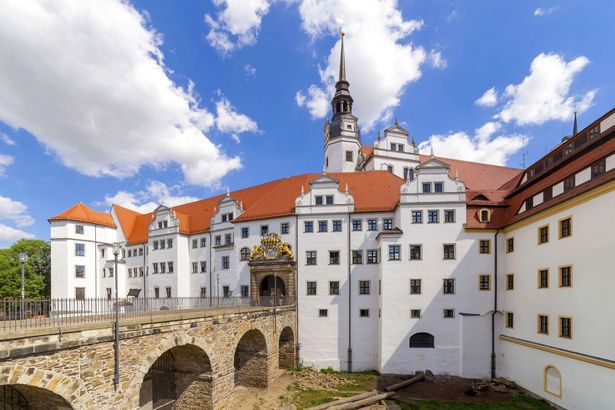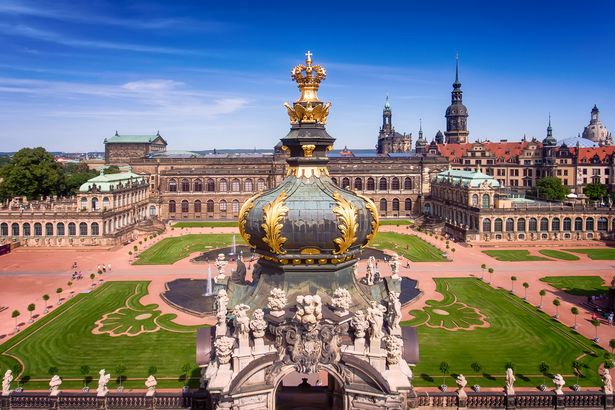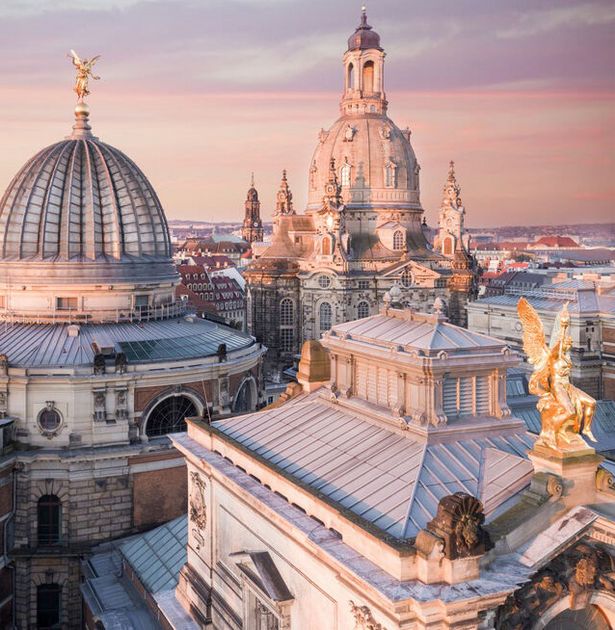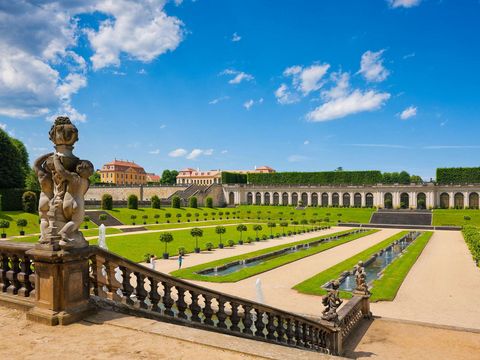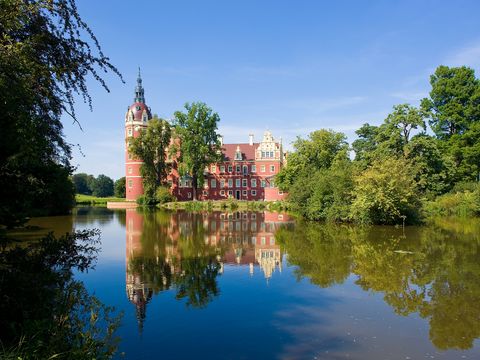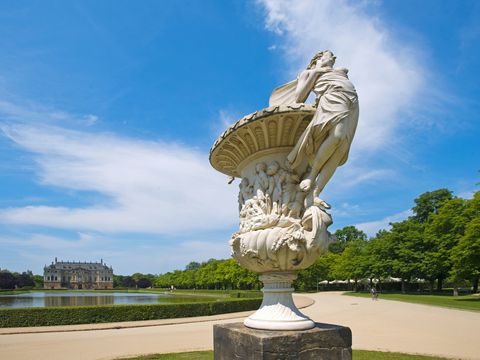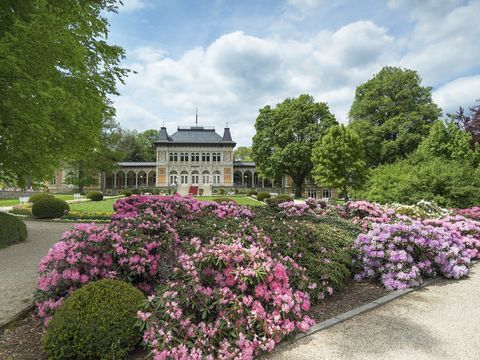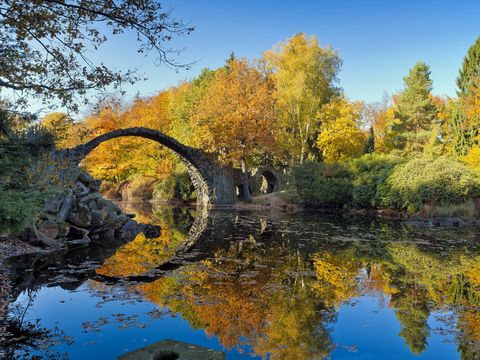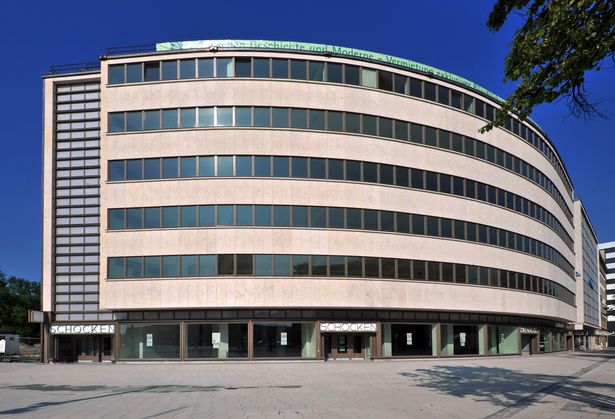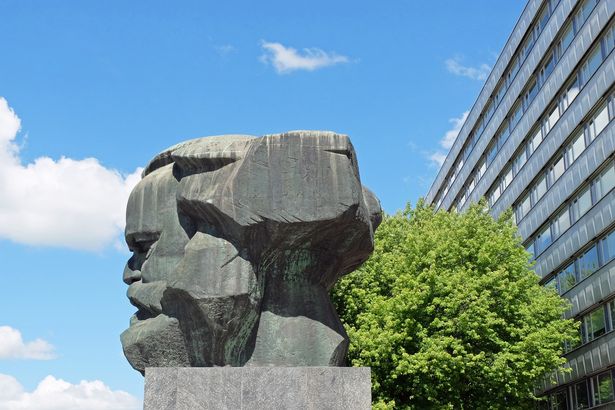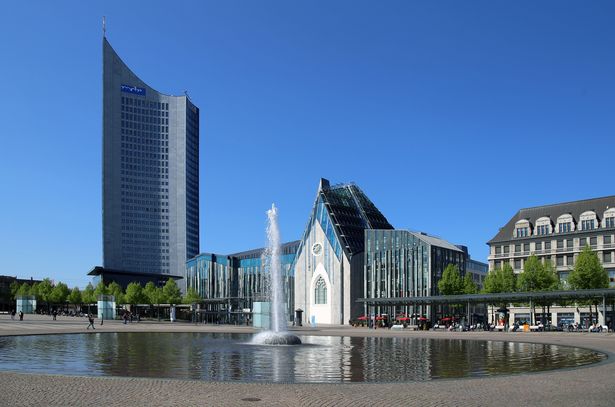Experience architecture in Saxony
The German philosopher Arthur Schopenhauer once described architecture as “frozen music”, and he might well have had buildings such as Dresden’s Church of Our Lady, the Zwinger palace or Moritzburg Castle in his mind when saying that. Saxony is an architectural treasure chest with magnificent Gothic, Renaissance and Baroque buildings, as well as fascinating traces of the beginnings of Modernism. The region is yours to discover on a journey through architectural history!

